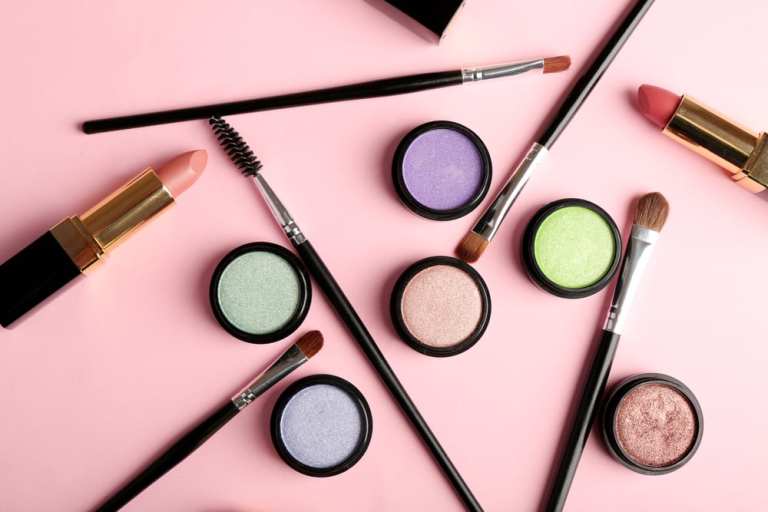
Beauty is a big and booming global business. According to some estimates, the size of the global beauty and personal care products market will hit $716.6 billion by 2025, registering a CAGR of 5.9 percent over the next six years. Those sales are currently led by U.S. customers, though exploding interest among Asian consumers has been the major driver of growth over the last two years.
And like most growing spaces, the beauty landscape is becoming increasingly competitive, particularly as players proliferate. Though there are literally hundreds upon hundreds of choices when it comes to beauty and personal care, the vast majority of those products and brands (183 of them, to be exact) have historically come from one of seven large global firms: Estée Lauder, Unilever, Johnson & Johnson, L’Oréal, Coty, Shiseido and Procter & Gamble.
But the marketplace is changing – particularly as social media-savvy DTC players have entered the market and attracted large and dedicated consumer bases. Patchology, for example, delivers skin moisturizing products through the types of transdermal patches people generally associate with quitting smoking. These days, their unique approach to skincare can be picked up at Neiman-Marcus, Nordstrom, Saks, Blue Mercury, Urban Outfitters and Madewell, among others. The brand has 65,000 Instagram followers. Additionally, Doll 10 sells combination skincare-makeup products, with the hook that customers can be fully dolled up in 10 minutes. They boast 140,000 Instagram followers.
And while brands with tens or even hundreds of thousands of devotees might not individually be of much concern to the seven big brands in beauty, there are scores of independent beauty and wellness startups, some of which command a few million adherents.
The big brands are noticing, and have been acquiring accordingly. Unilever snapped up Carver Korea Co. — South Korea’s biggest maker of beauty products — for 2.27 billion euros ($2.5 billion) in 2017, after acquiring Dollar Shave Club and Seventh Generation in 2016. Estée Lauder bought Smashbox in 2010 and Too Faced Cosmetics in 2016. L’Oréal grabbed fast-growing prestige beauty brand IT Cosmetics in 2016, and has begun experimenting with tech-based beauty wearables. Two weeks ago, L’Occitane International SA announced its intended $900 million acquisition of British beauty and skincare brand Elemis.
But while the challenges have so far come from indies, it looks like the big brands in cosmetics have found a new competitor – and not a small one. Amazon, according to reports, has decided it wants to sell beauty products, too.
Recently, Amazon began listing its first collection of cosmetics under its private label, called Find, so far only in the U.K. The products are sold in bundles, which contain products for the eyes, brows, face, lips and nails. All are Prime-eligible and cost less than $20, comparable to drugstore offerings.
The initial move into beauty is admittedly limited and low-profile – but that has been the story with Amazon in the past, right before a more targeted and comprehensive campaign gets off the ground.
And Amazon is already a go-to shopping destination for beauty and wellness products. According to a 2016 A.T. Kearney survey, 69 percent of online cosmetics shoppers report Amazon as their primary destination to search for and purchase beauty and personal products. It has also grown to become Amazon’s second most-shopped category, and according to One Click Retail, Amazon sold $1.9 billion worth of health and personal care items in Q2 2018, a 23 percent year-on-year increase. In the same quarter, Amazon sold $950 million in beauty products, a 26 percent annual increase.
And though Amazon’s initial offering is priced similarly to drugstore cosmetics, premium and luxury make-up items have been a fast-growth category, up 57 percent year on year in 2018, according to One Click.
Thus far, Amazon’s limited entry into private-label cosmetics has caused a minimal stir – which in and of itself is news, since the eCommerce giant’s entry into a new vertical usually brings some drama in its wake. When Amazon announced an interest in reforming healthcare with an independent service, the market value of the 10 largest health insurance and pharmacy stocks fell by $30 billion within hours. When Amazon announced its purchase of Whole Foods in in 2017, stock around the grocery segment tanked. And Amazon announced it would lower prices at Whole Foods, grocery stocks tanked again, losing $12 billion in market capitalization in a single day.
Some have speculated that Amazon’s magic might not work in beauty and wellness nearly so well, and that its lack of brick-and-mortar stores will hurt, particularly as it tries to take on players like Ulta. As one of brick-and-mortar’s sole success stories over the last few years, Ulta has signaled its commitment to expanding its store footprint, as well as investing in its loyalty program and in beauty tech.
But then we’ve all heard that line before – usually right before Amazon disrupts something heretofore considered indisputable. Which is not to say that Amazon is certainly on track to be the world’s next big beauty brand, as it is a crowded, competitive and popular market. But, given that Amazon is forecast to generate $25 million with their private-label brands by 2022, we are also loath to count them out of any race.